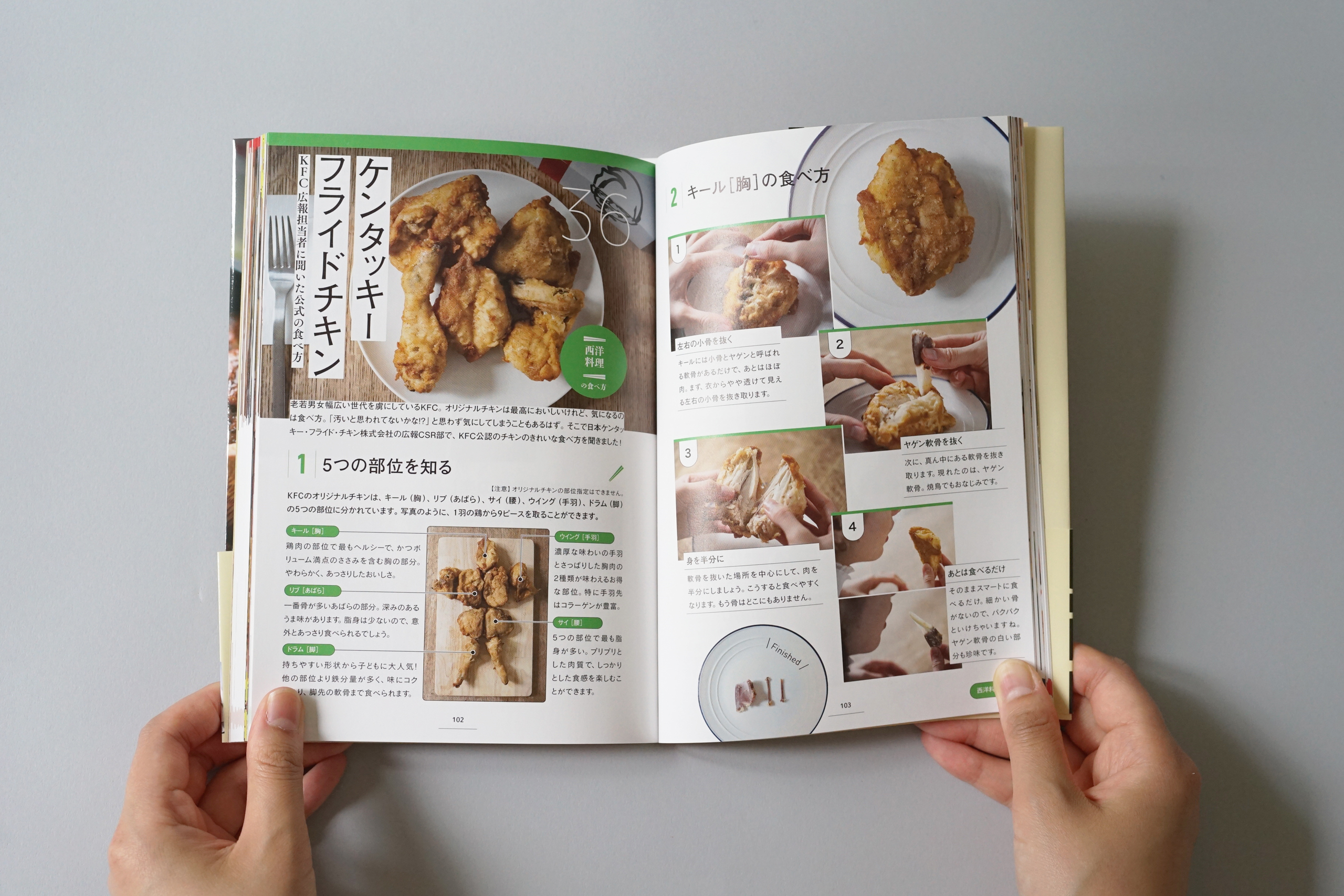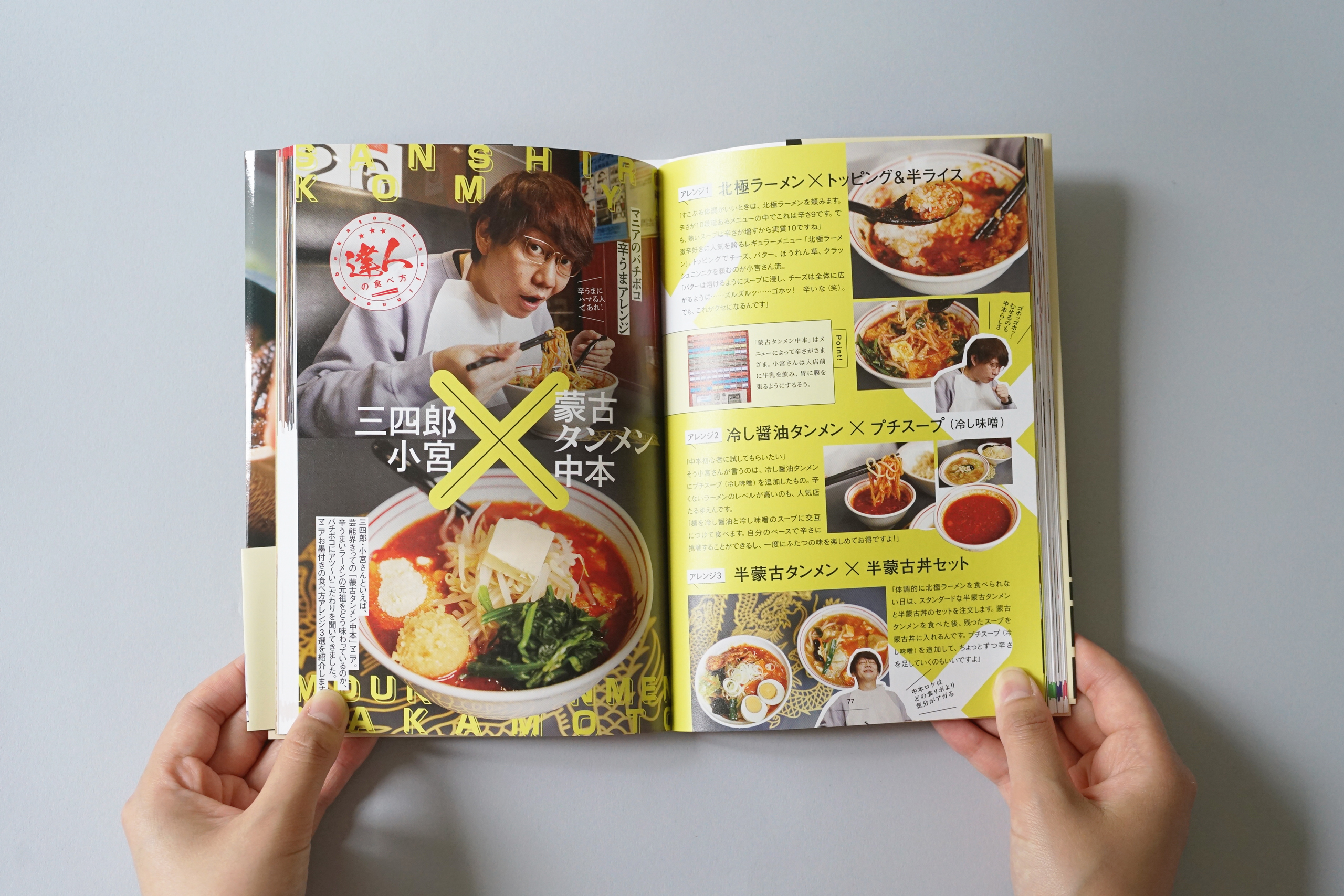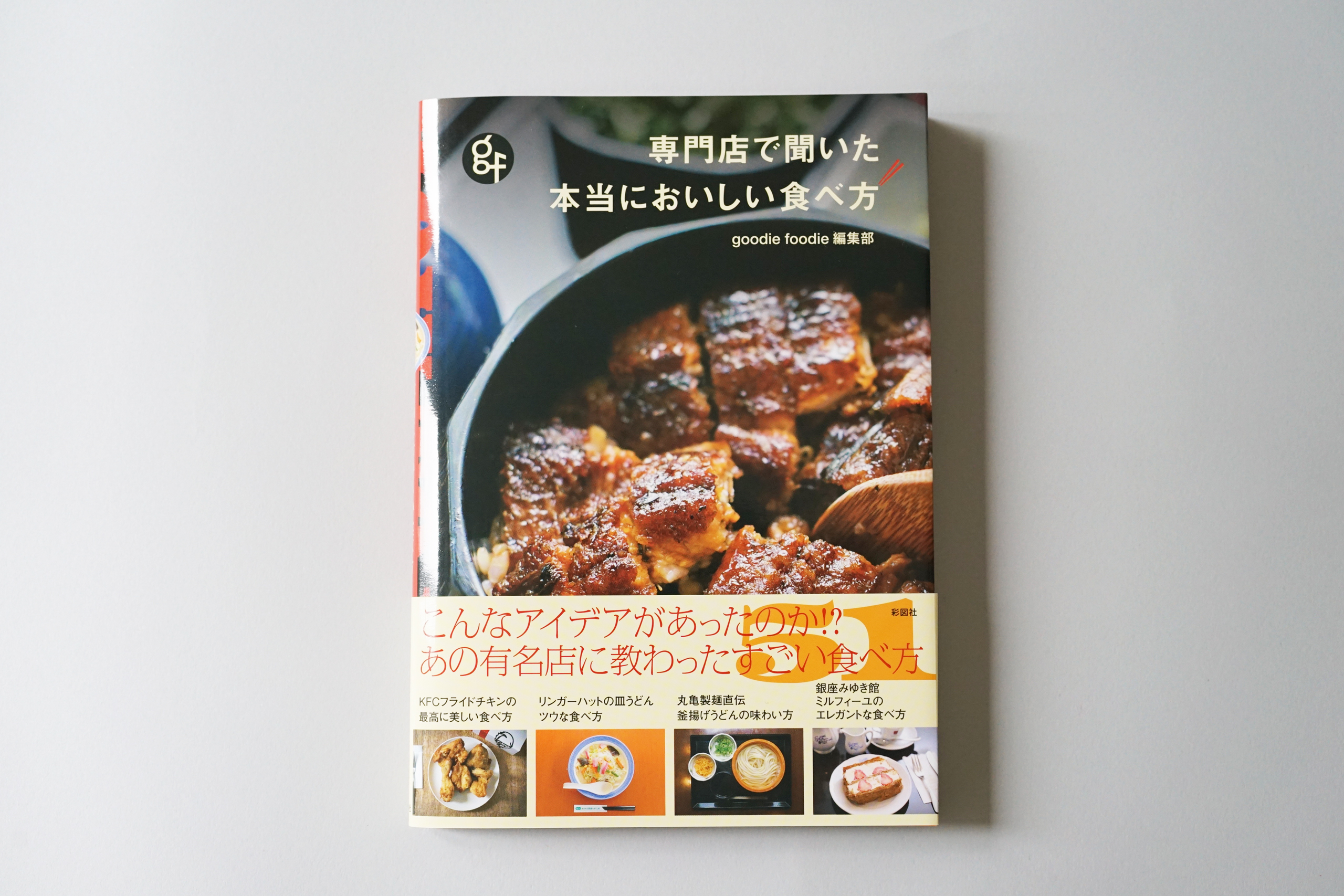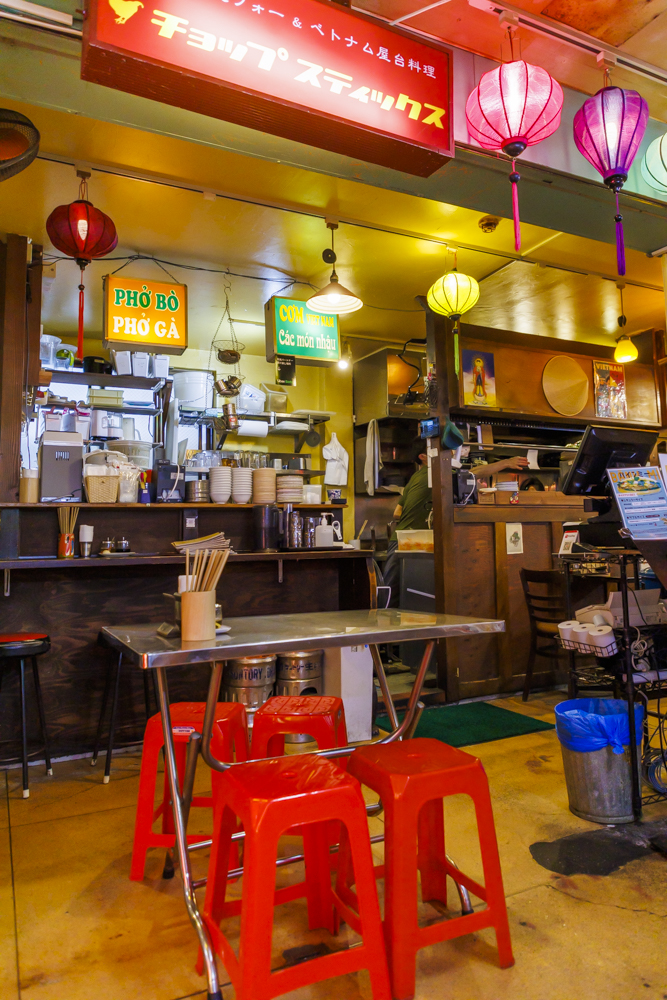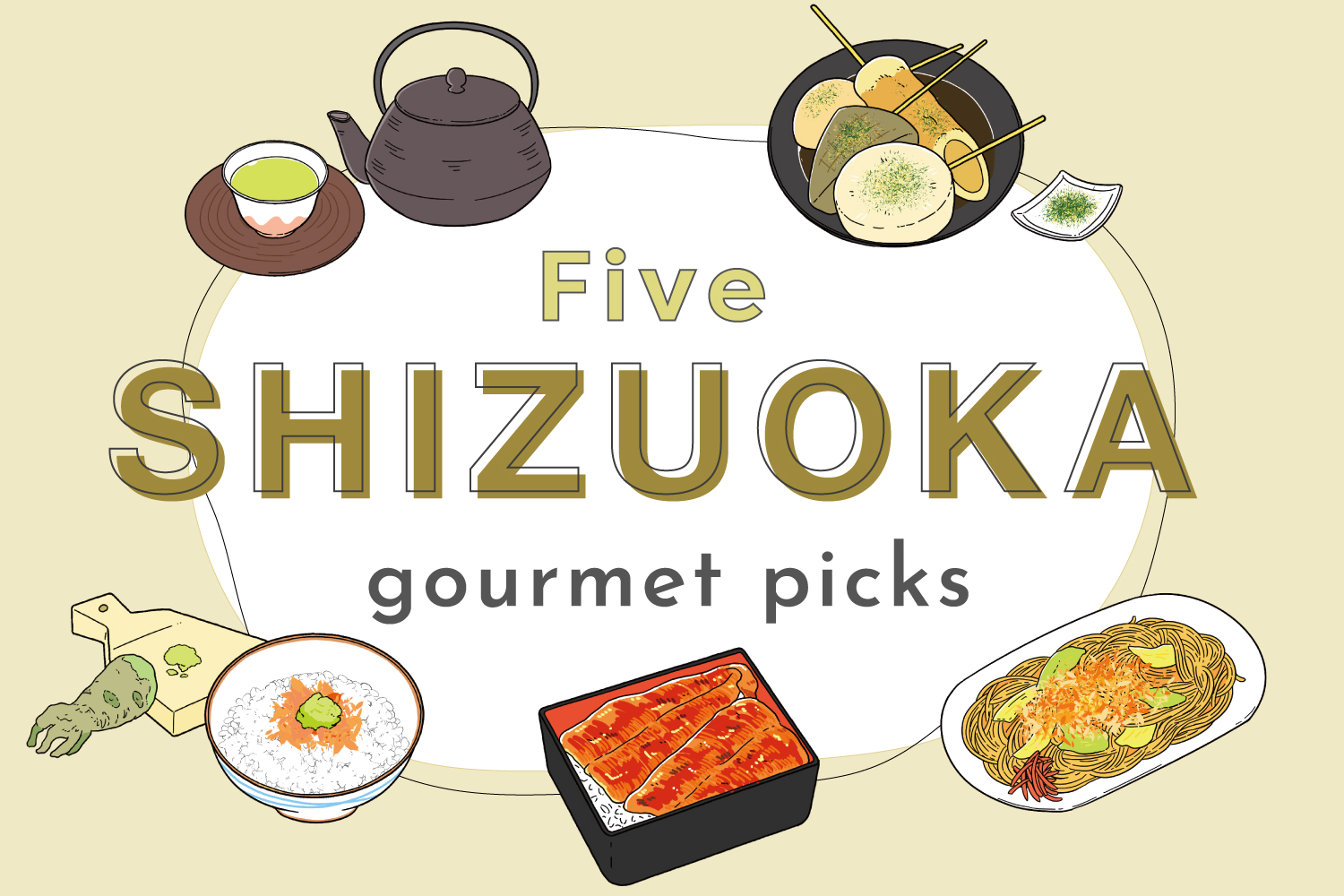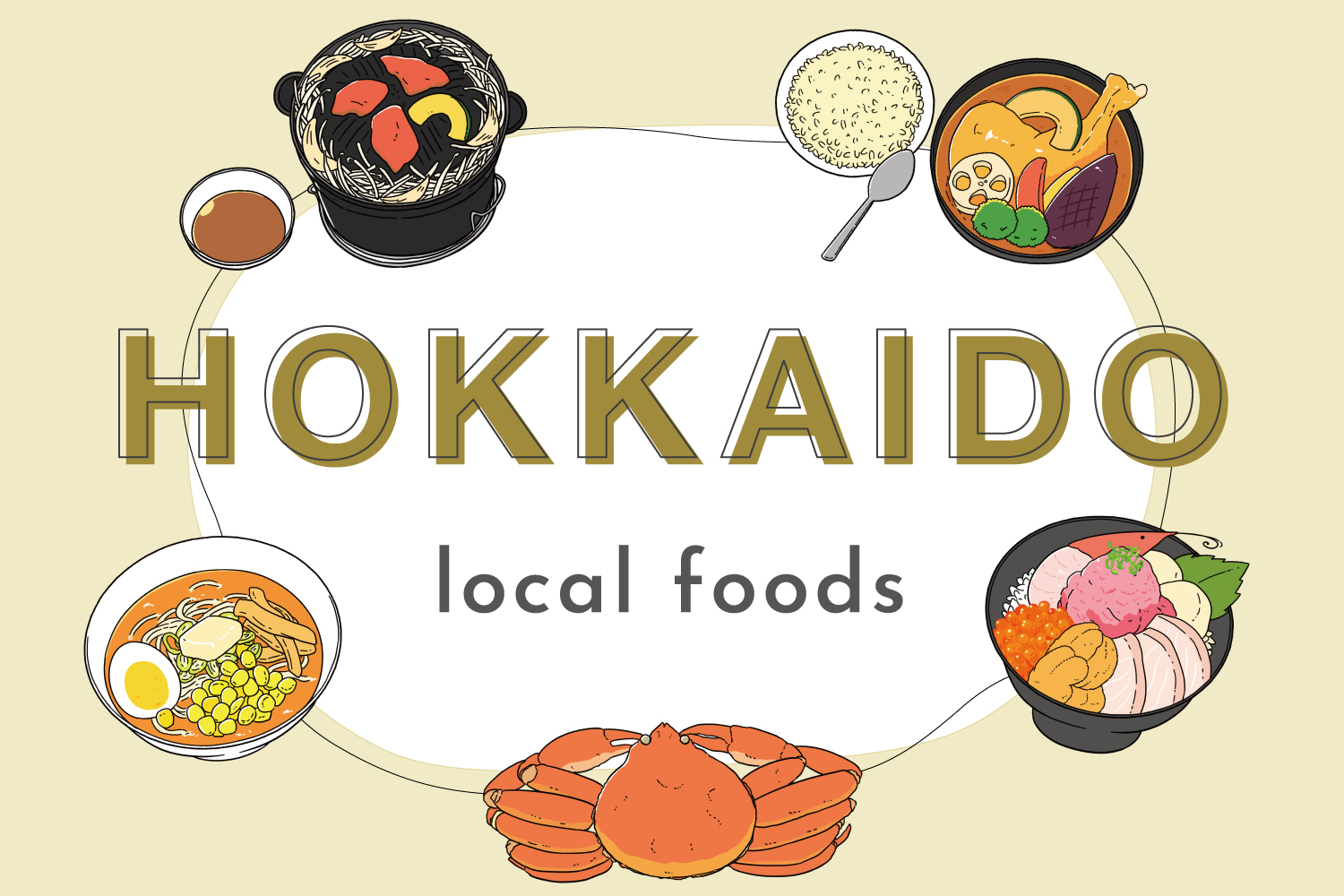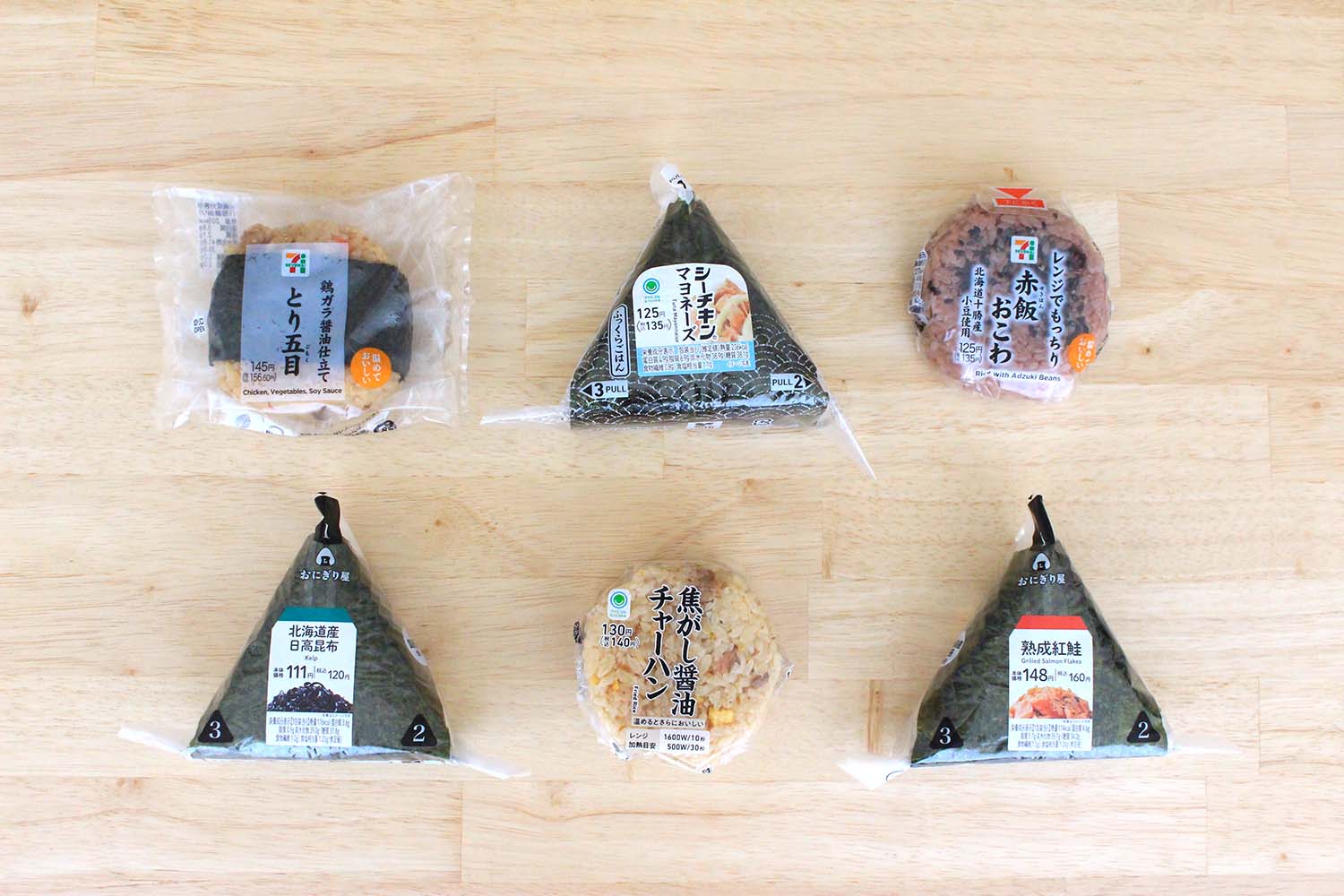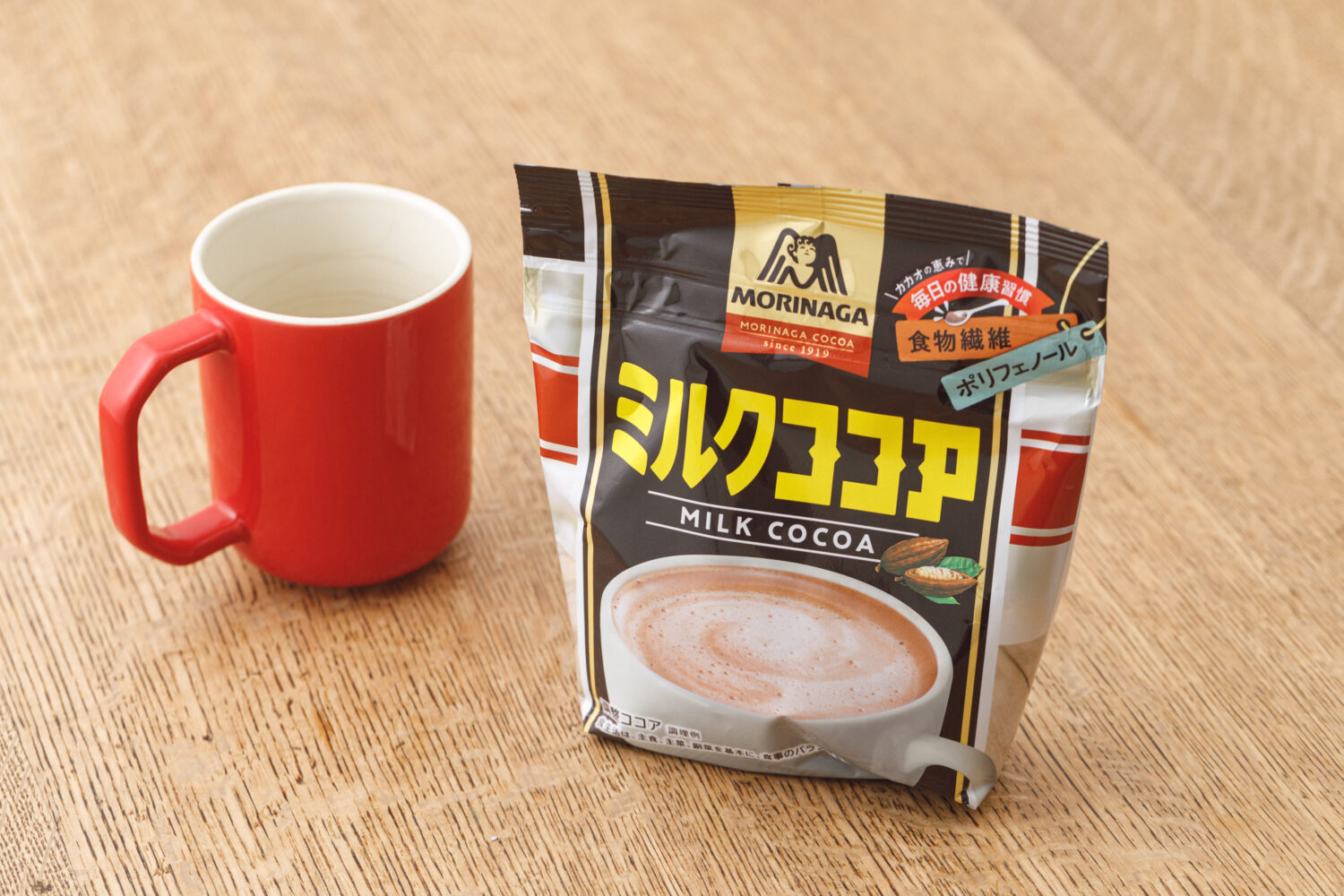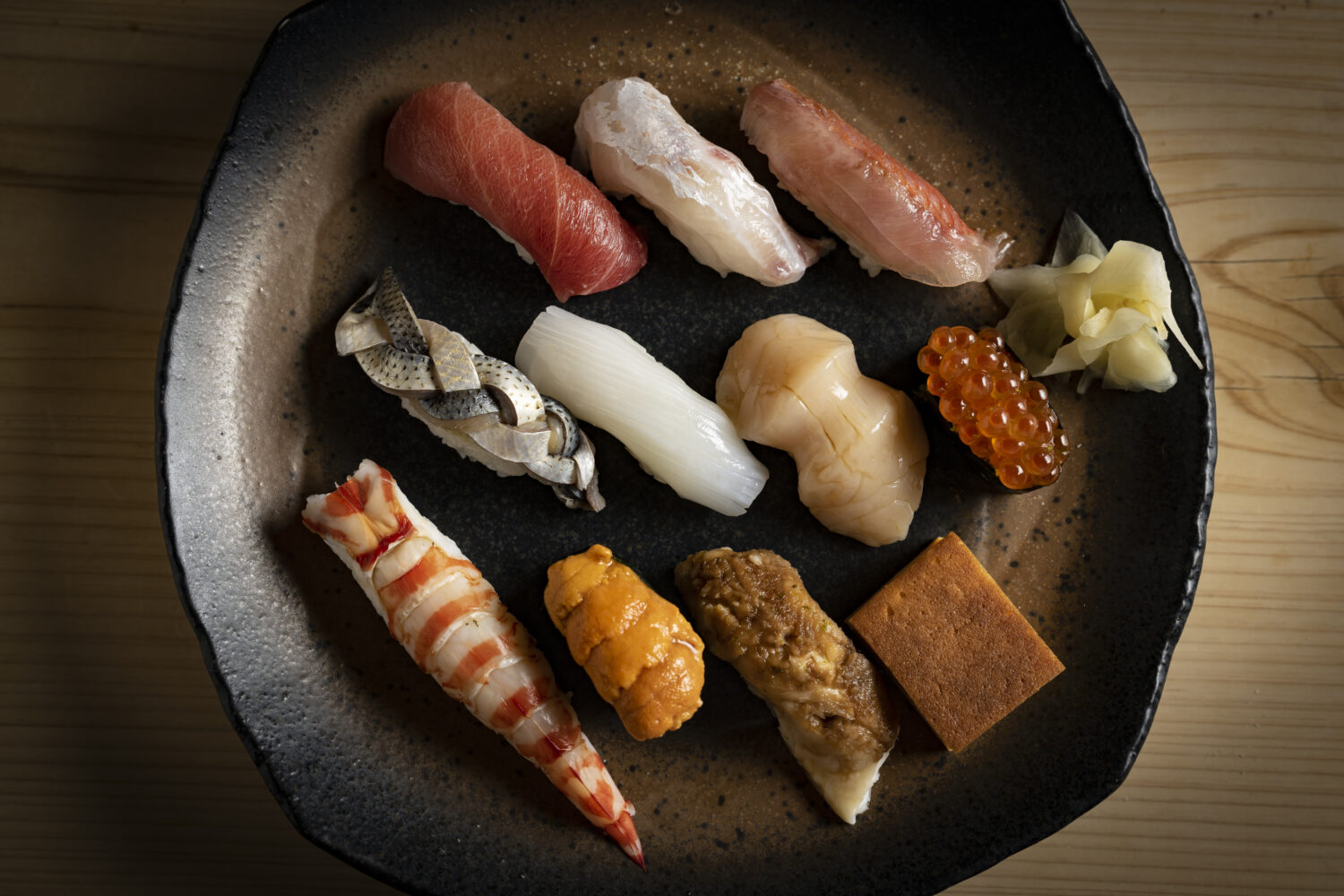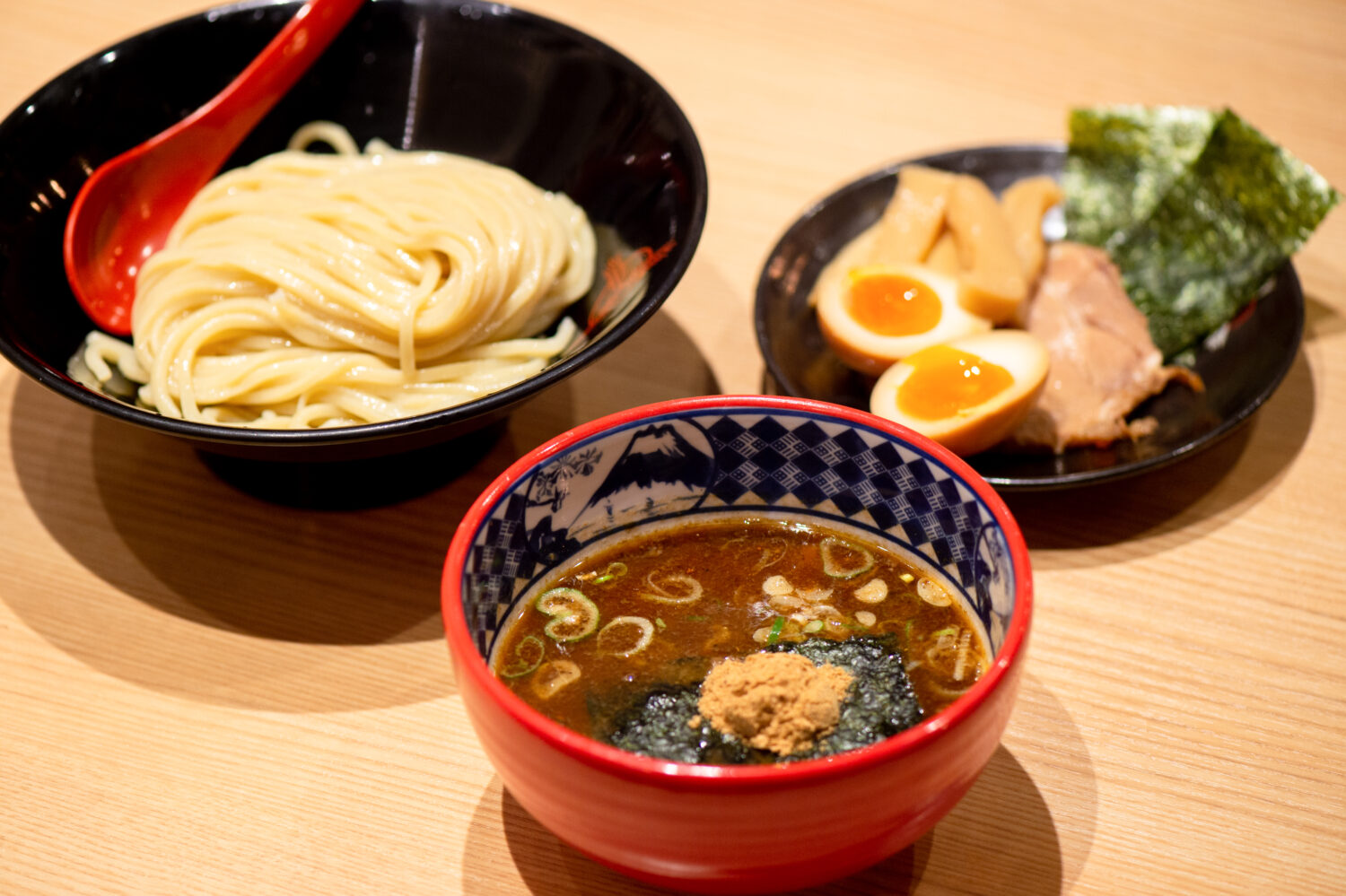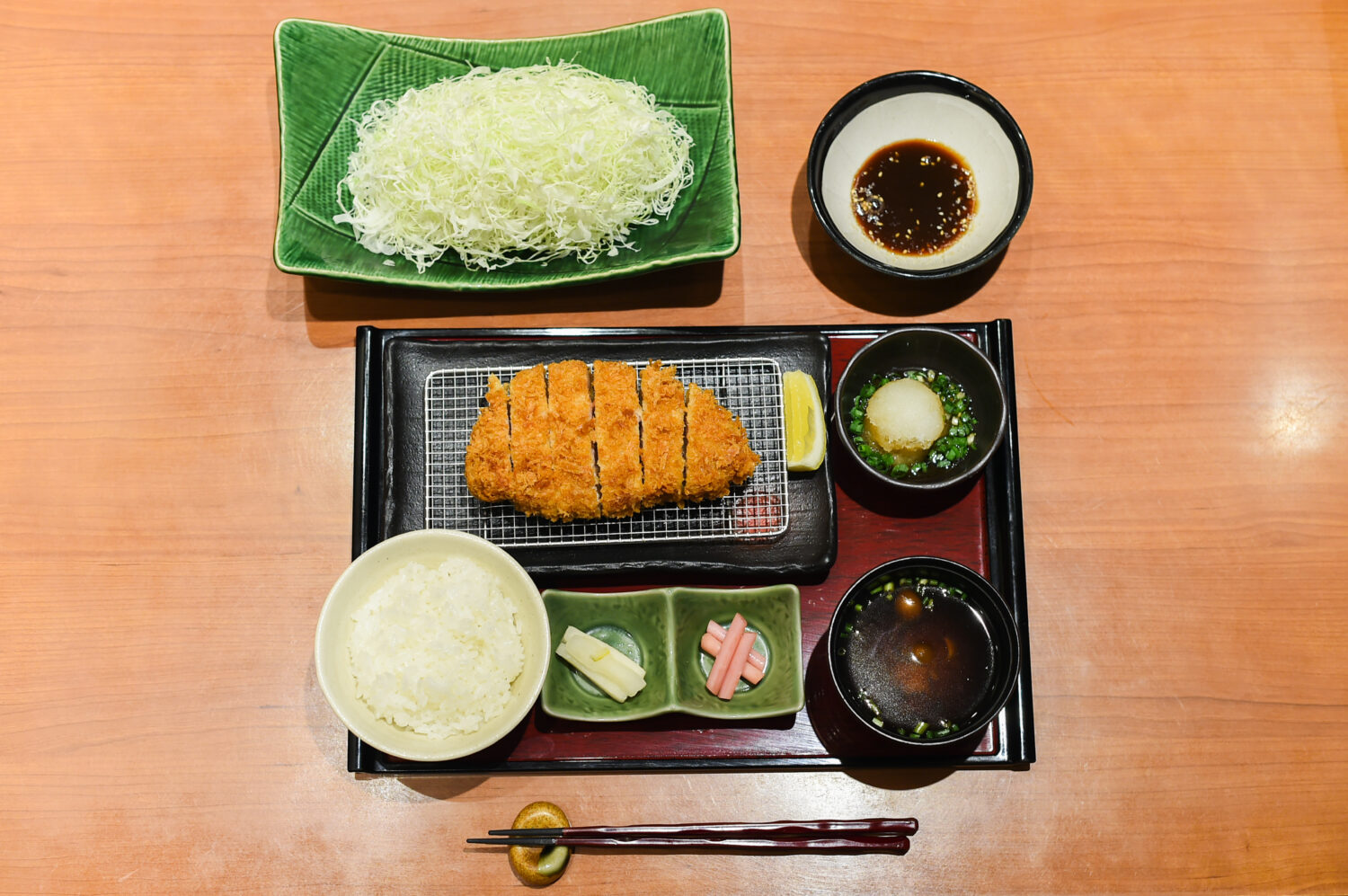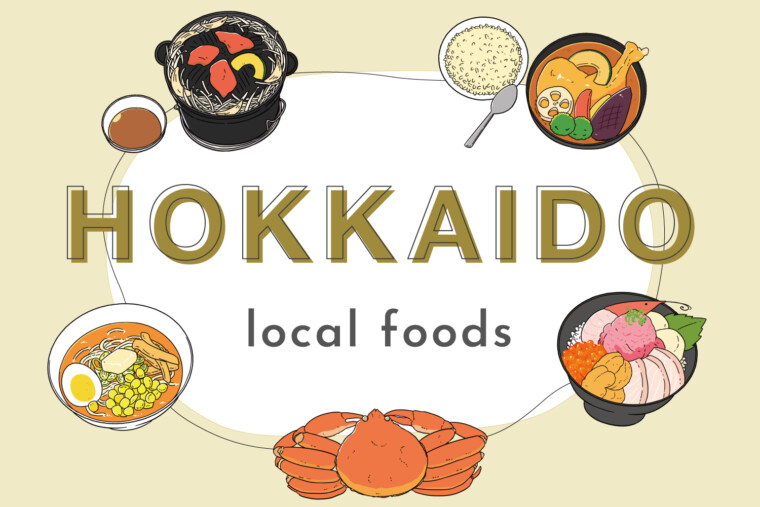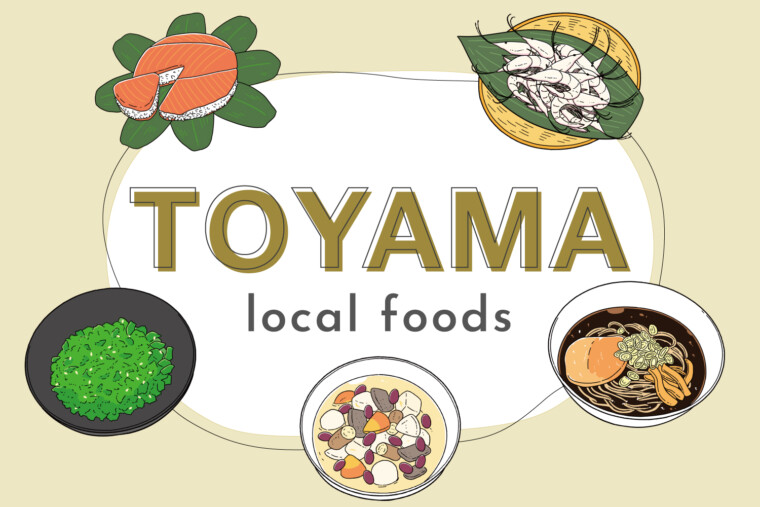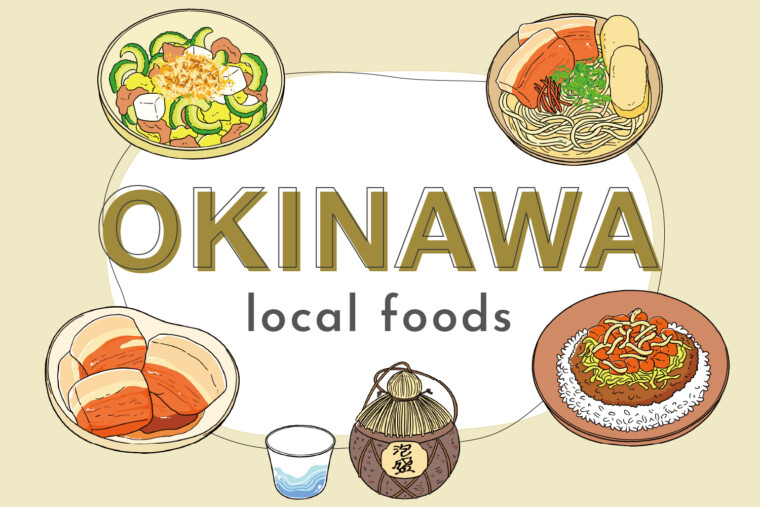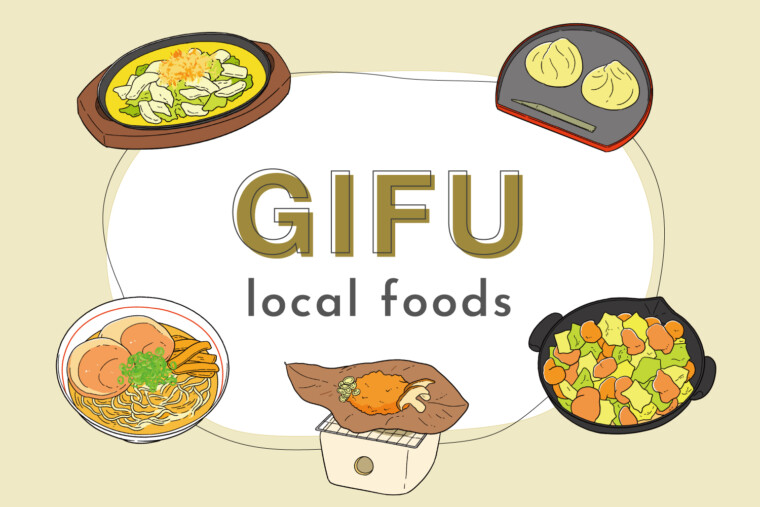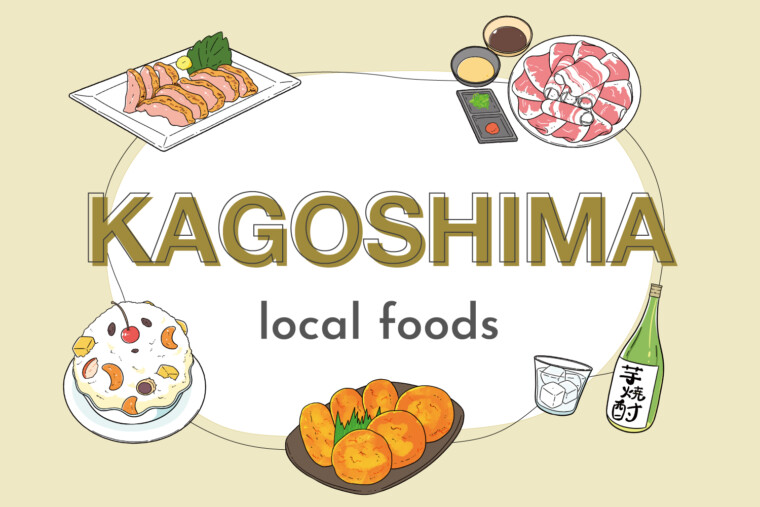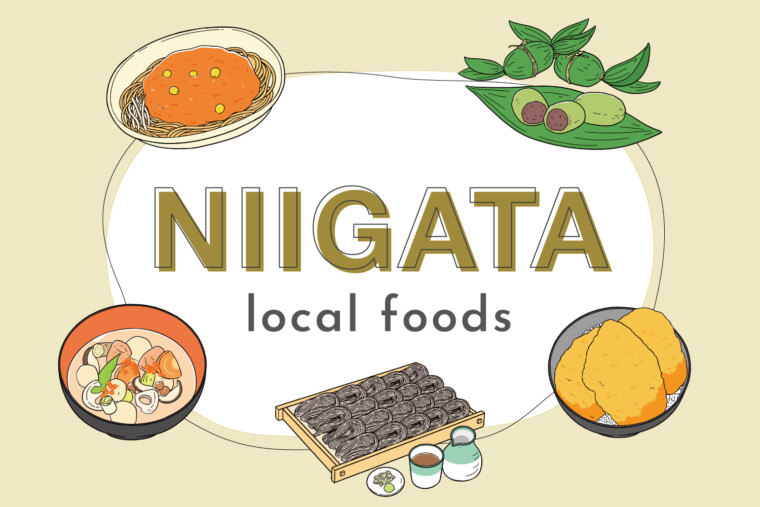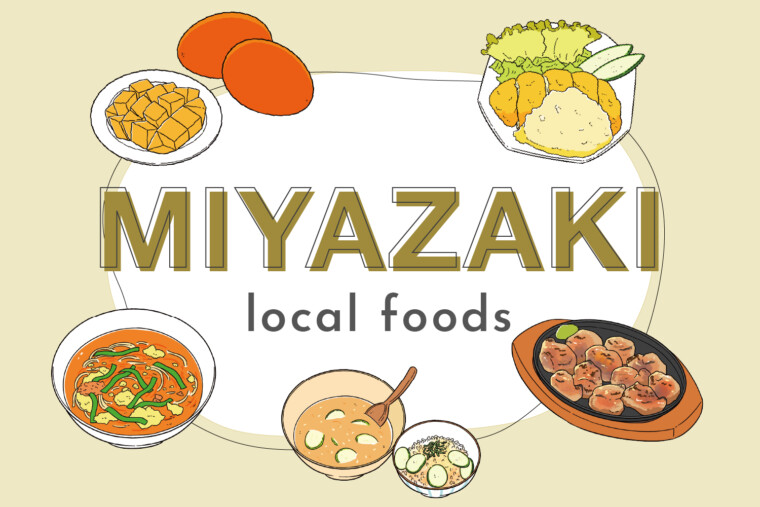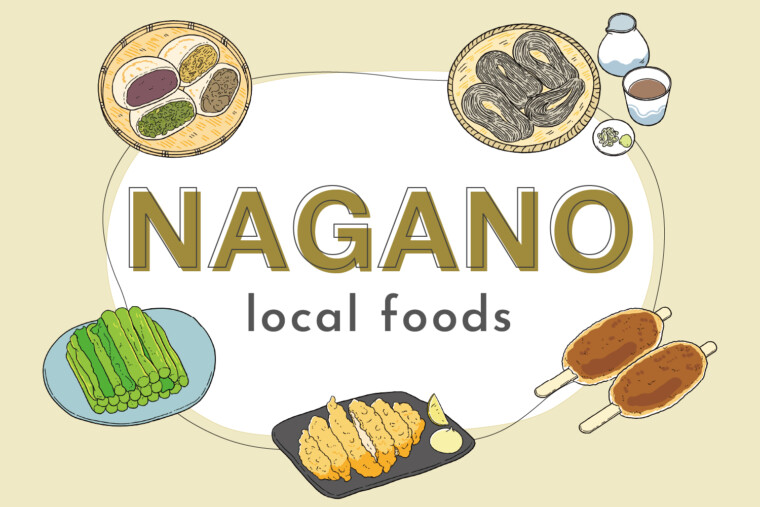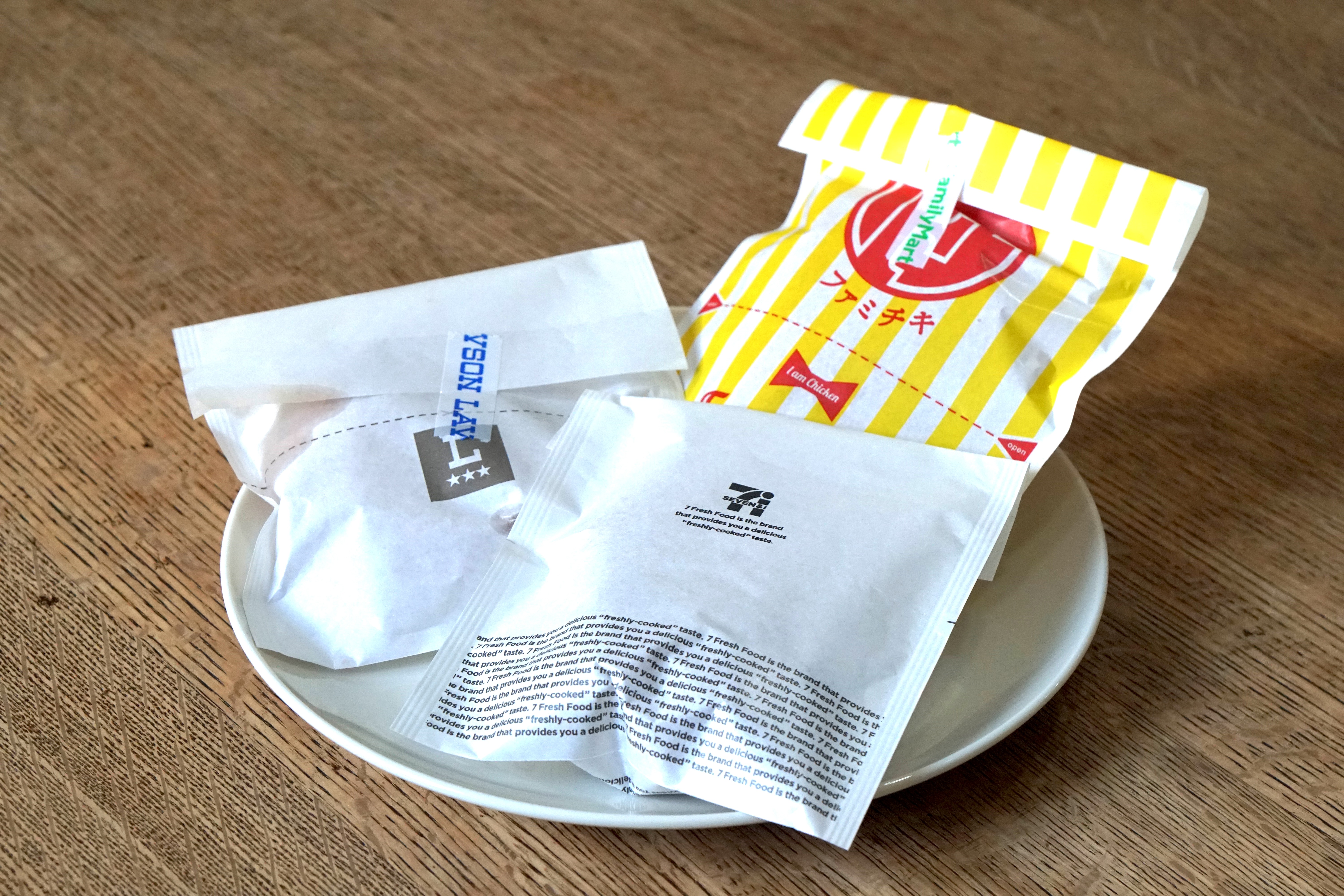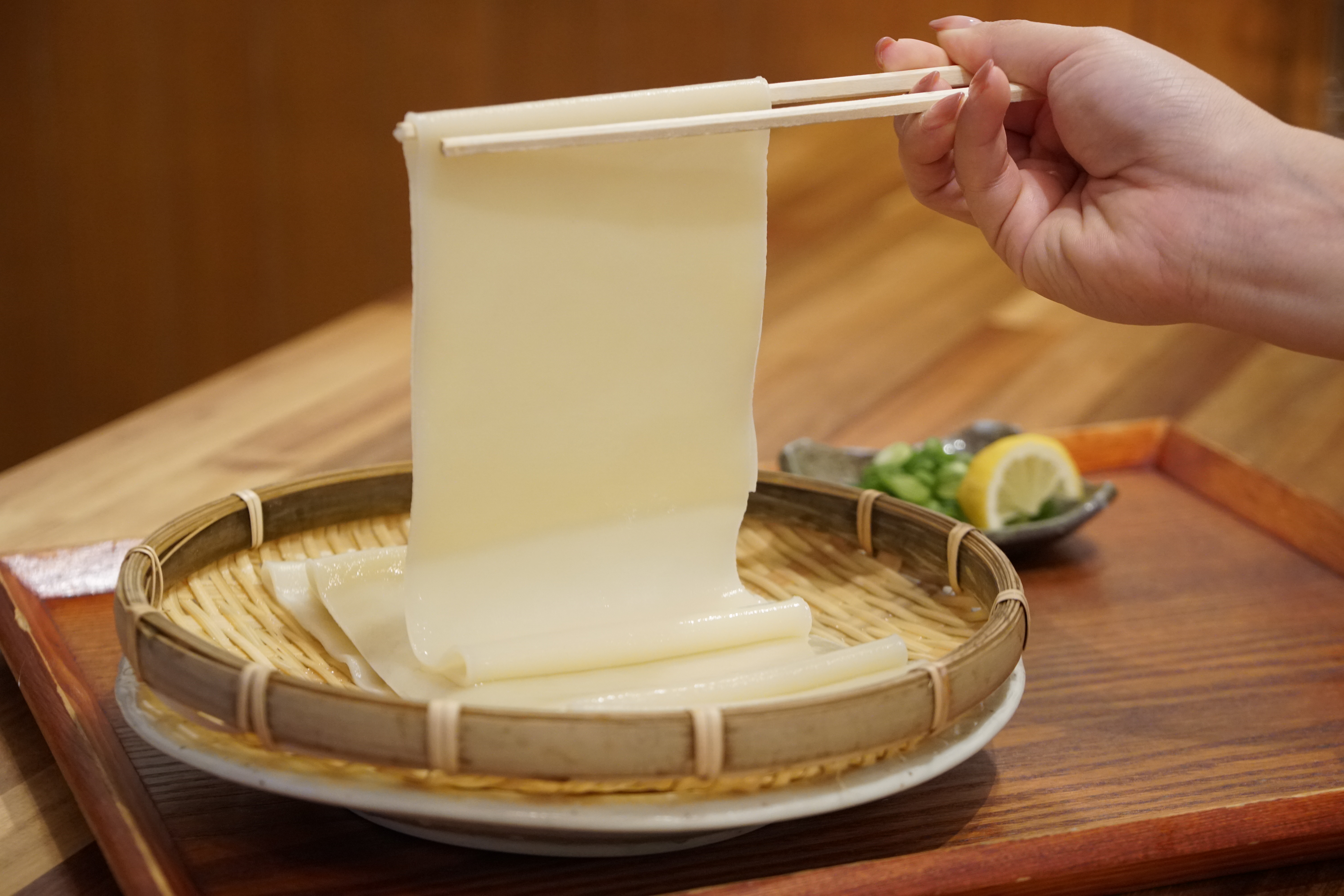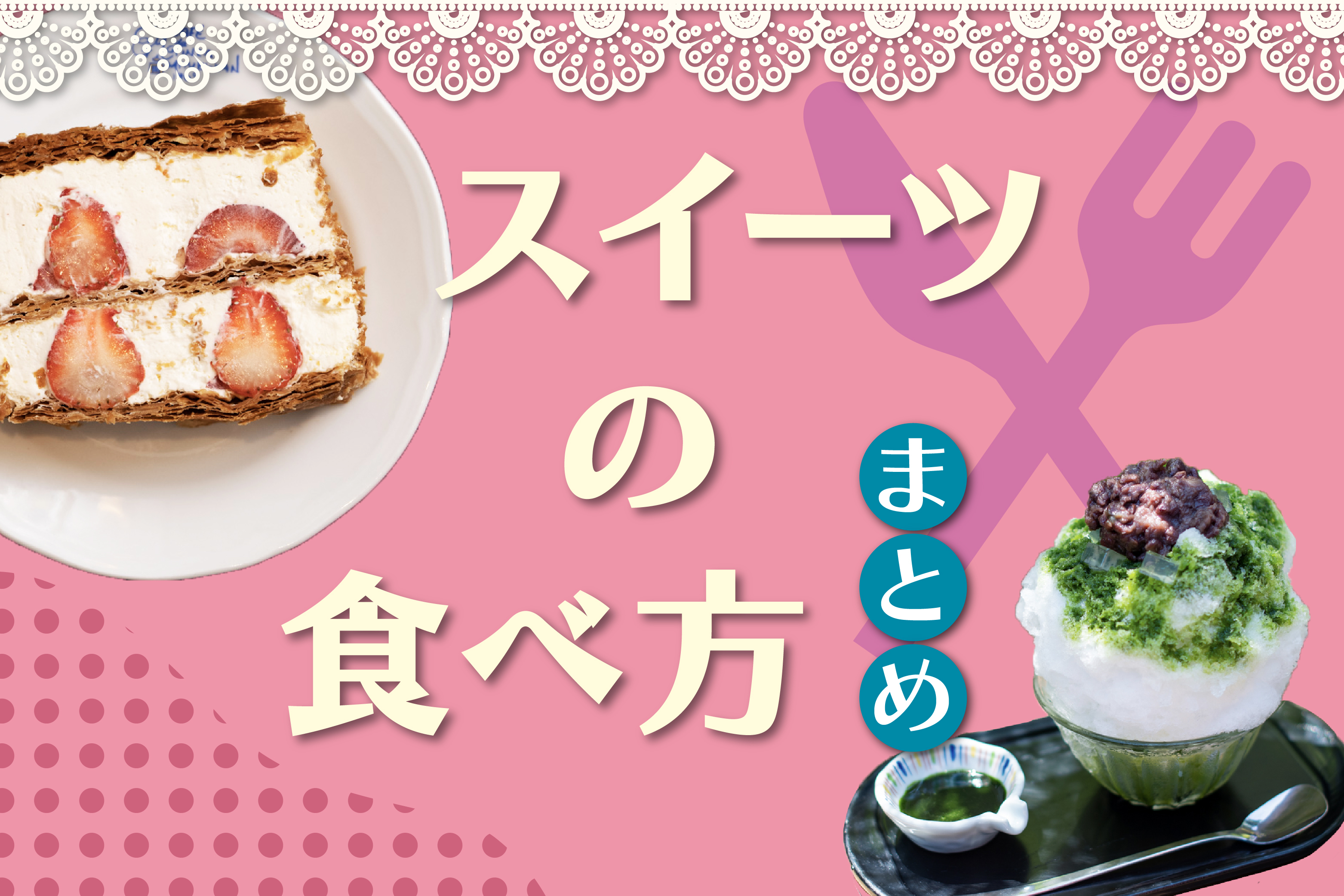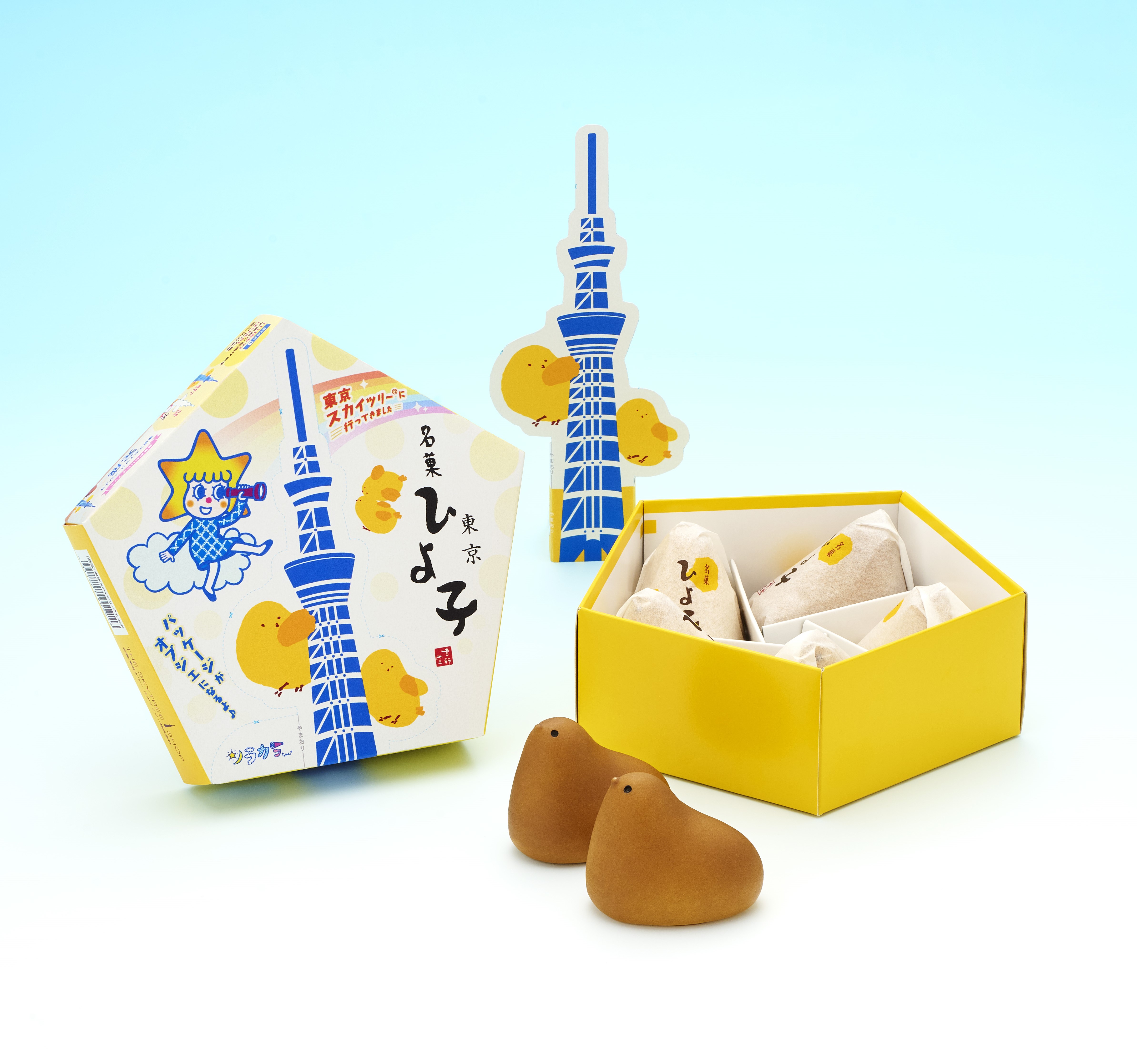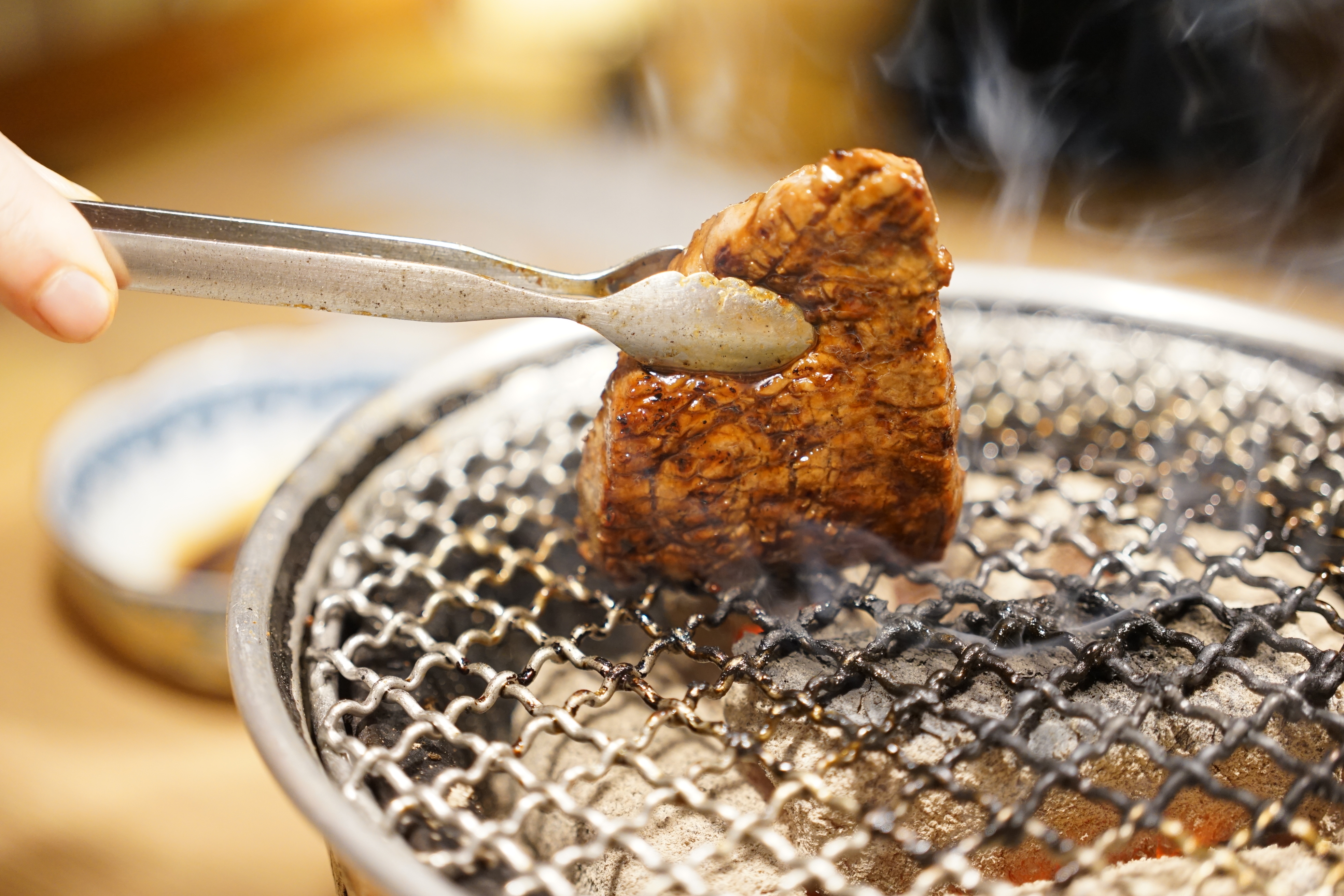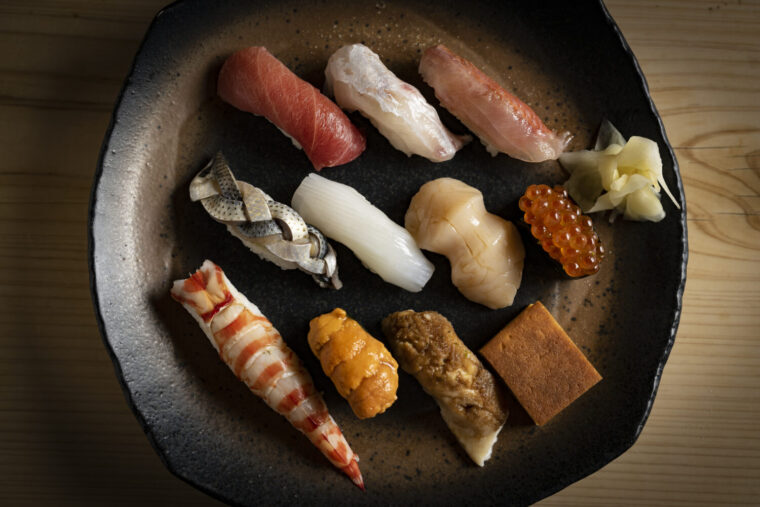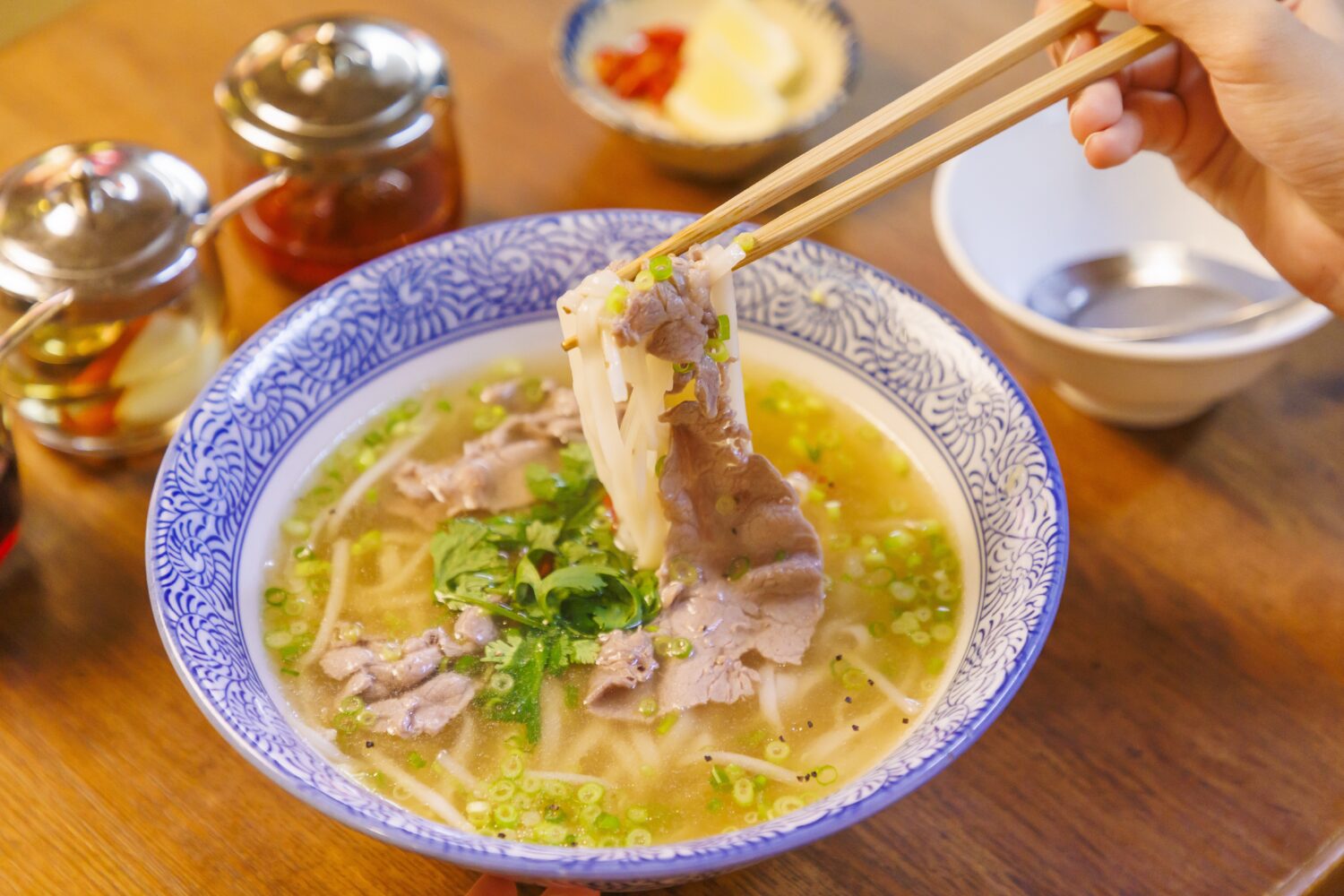
How to Eat Pho Like a Local: Flavor Hacks and Etiquette from Vietnam
Pho is one of Vietnam’s most iconic noodle dishes, known for its light, clear broth and fresh rice noodles that resemble Japan’s kishimen. Among Vietnamese cuisine, pho is relatively mild in flavor—making it the perfect canvas for a wide variety of flavor-enhancing add-ins. This time, we visited Chopsticks in Koenji, Tokyo—famous for its fresh pho noodles made from Japanese rice—to learn how to enjoy pho the Vietnamese way.
share:
Table of Contents
Savor the Soup
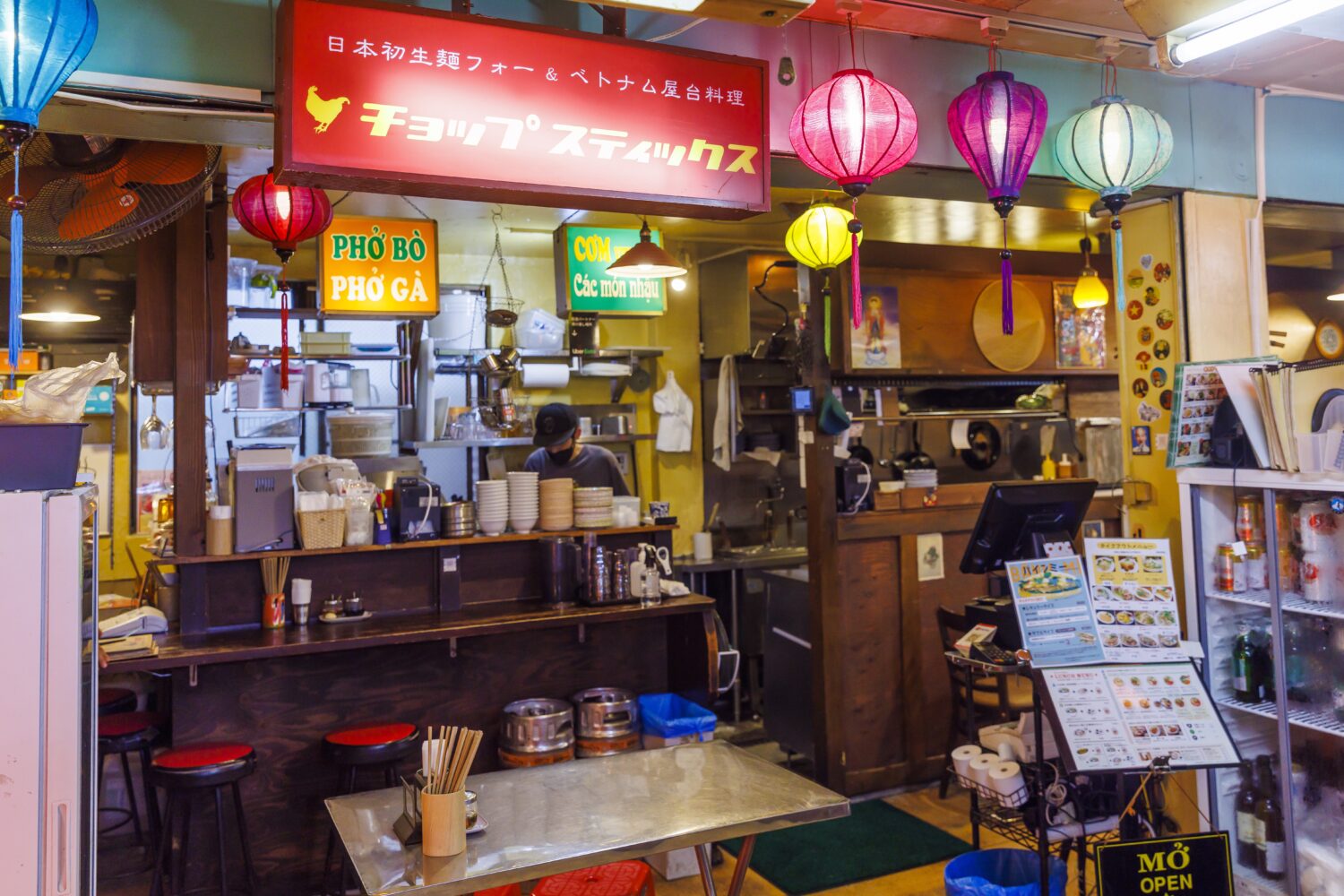
In Vietnam, pho is traditionally made with fresh rice noodles. However, due to cost considerations, most places in Japan use imported dried noodles. At “Chopsticks,” though, they serve fresh pho noodles made from Japanese rice.
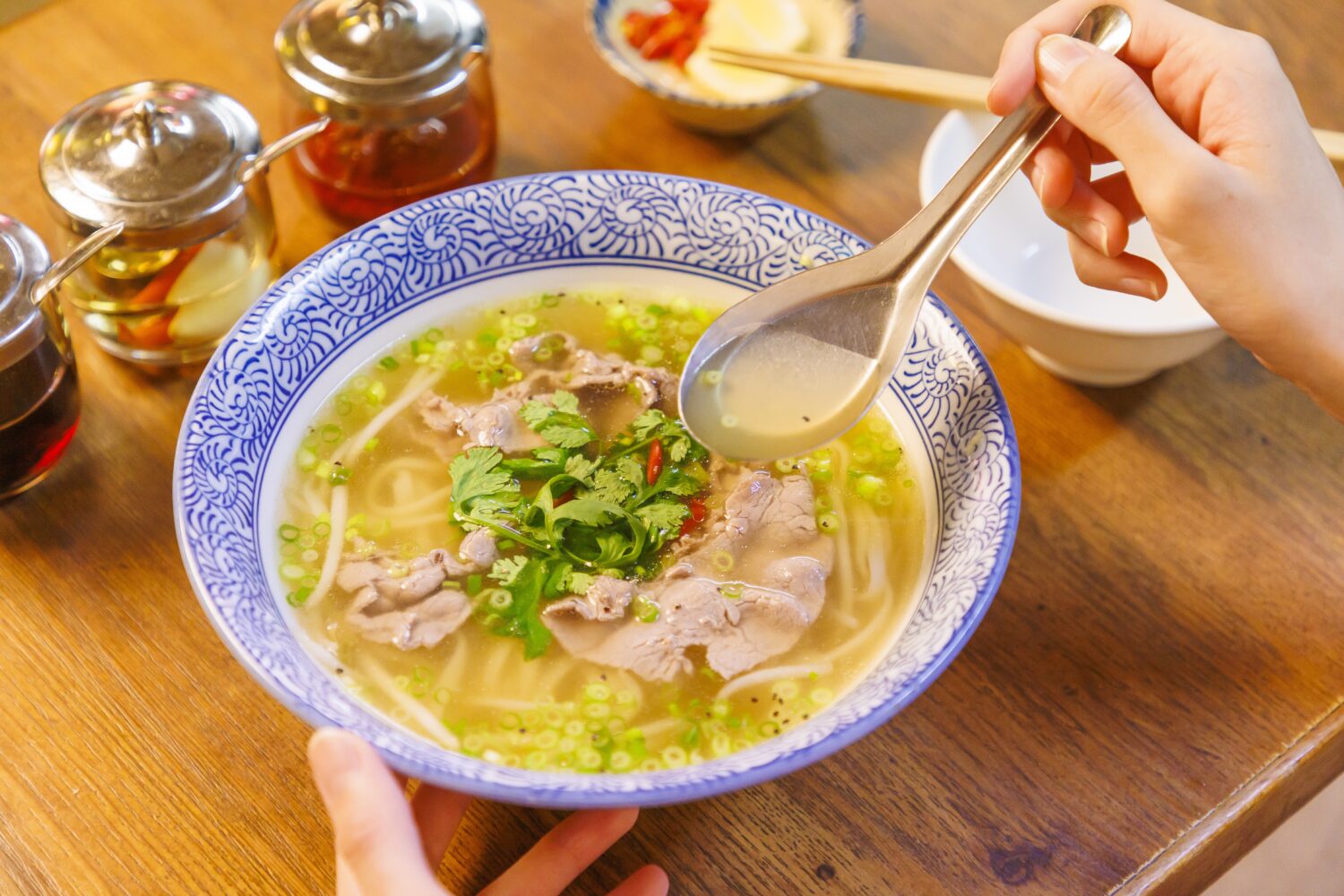
Among the many pho options available, we ordered the “Shabu Beef Pho.”
First, take a sip of the soup. Check the balance of sourness and saltiness at the start, then adjust the flavor to your liking afterward.
Enjoy the Noodles
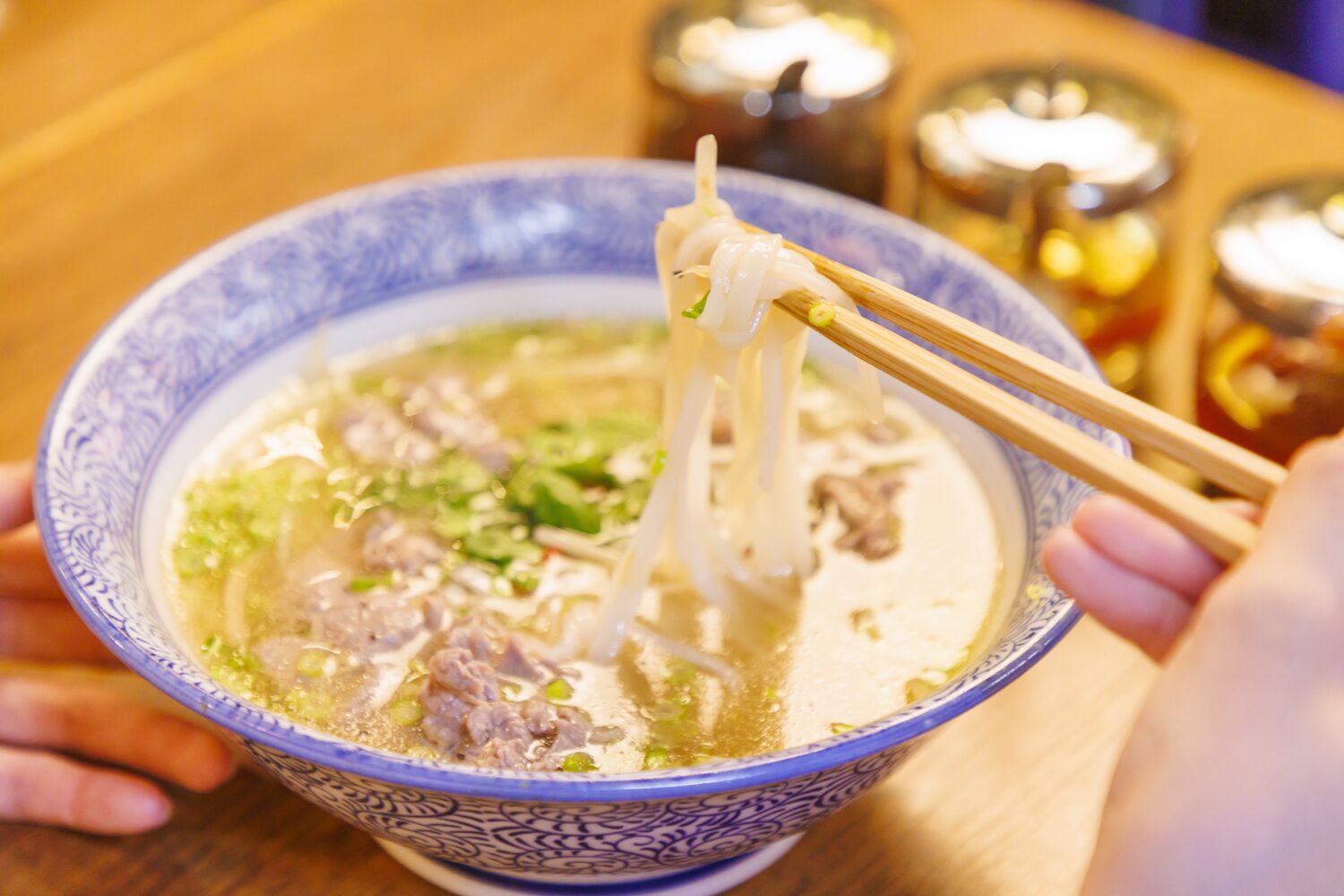
Next, enjoy the noodles. In Vietnam, slurping like in Japan is considered impolite. It’s better to use a metal soup spoon to scoop the noodles and bring them to your mouth. That said, if you’re eating at a Japanese restaurant, there’s no need to worry too much about it.
Squeeze the Lemon
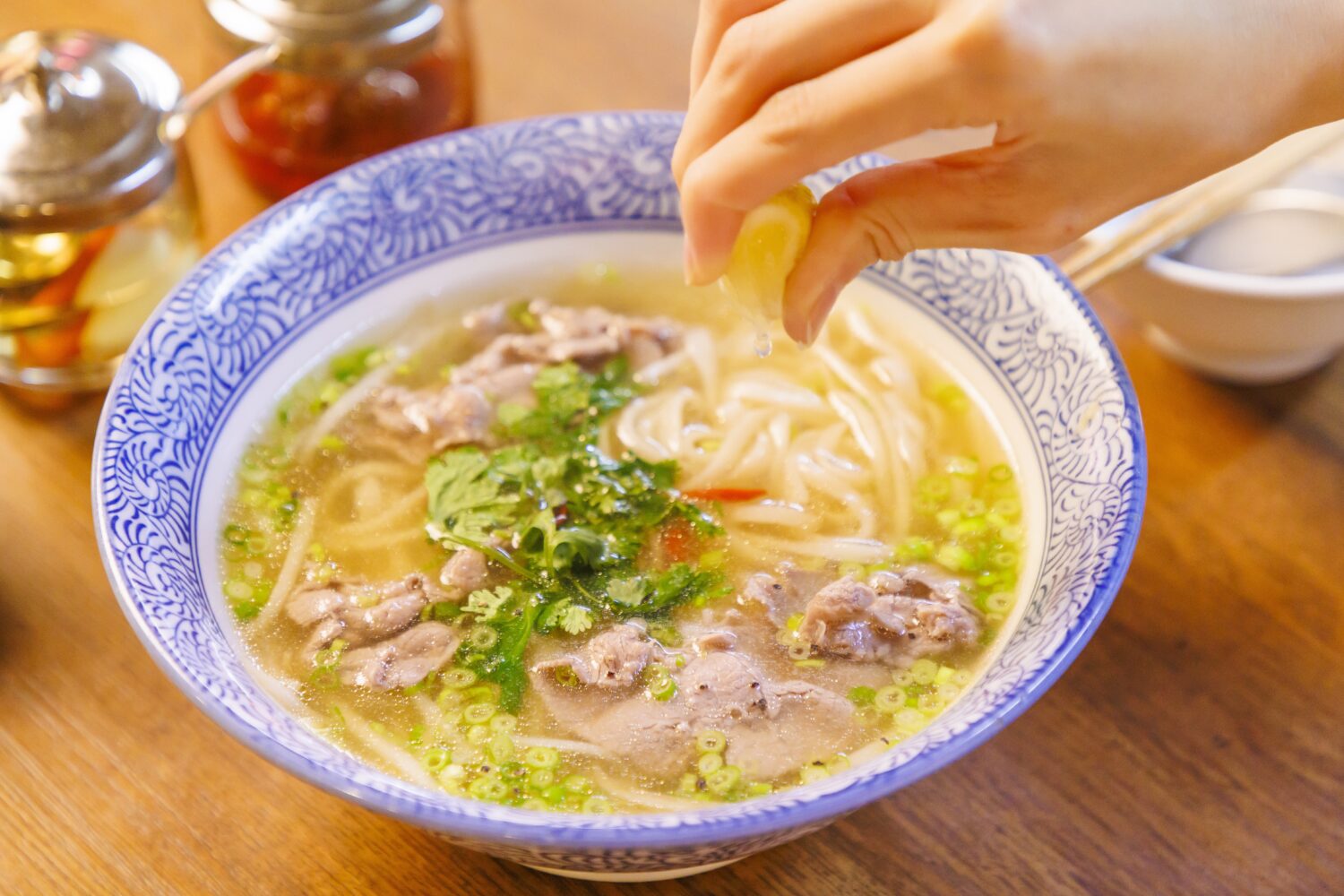
In Vietnam, pho usually comes with lemon or lime. Locals typically squeeze it in first. The slightly strong-flavored soup becomes lighter and more refreshing. At Chopsticks, you can also ask for a lemon for free.
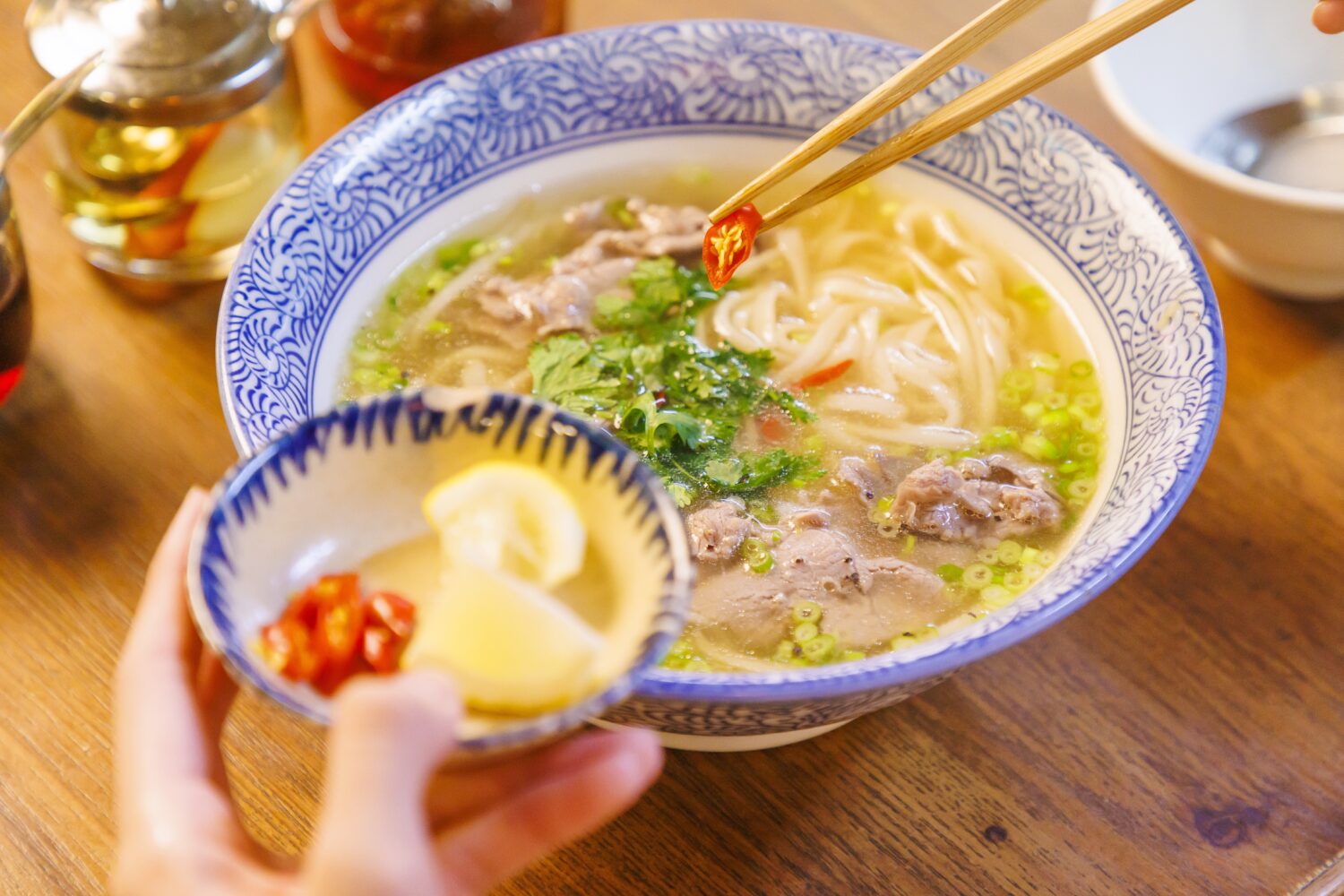
You can also request fresh chili for free, which is common at street stalls in Vietnam as well.
Change the Flavor with Condiments

After enjoying the lemony flavor for a while, it’s time for a flavor change.
On the table, you’ll find aromatic vinegar and nuoc mam (Vietnamese fish sauce). If you’d like some sate (chili sauce), ask the staff.
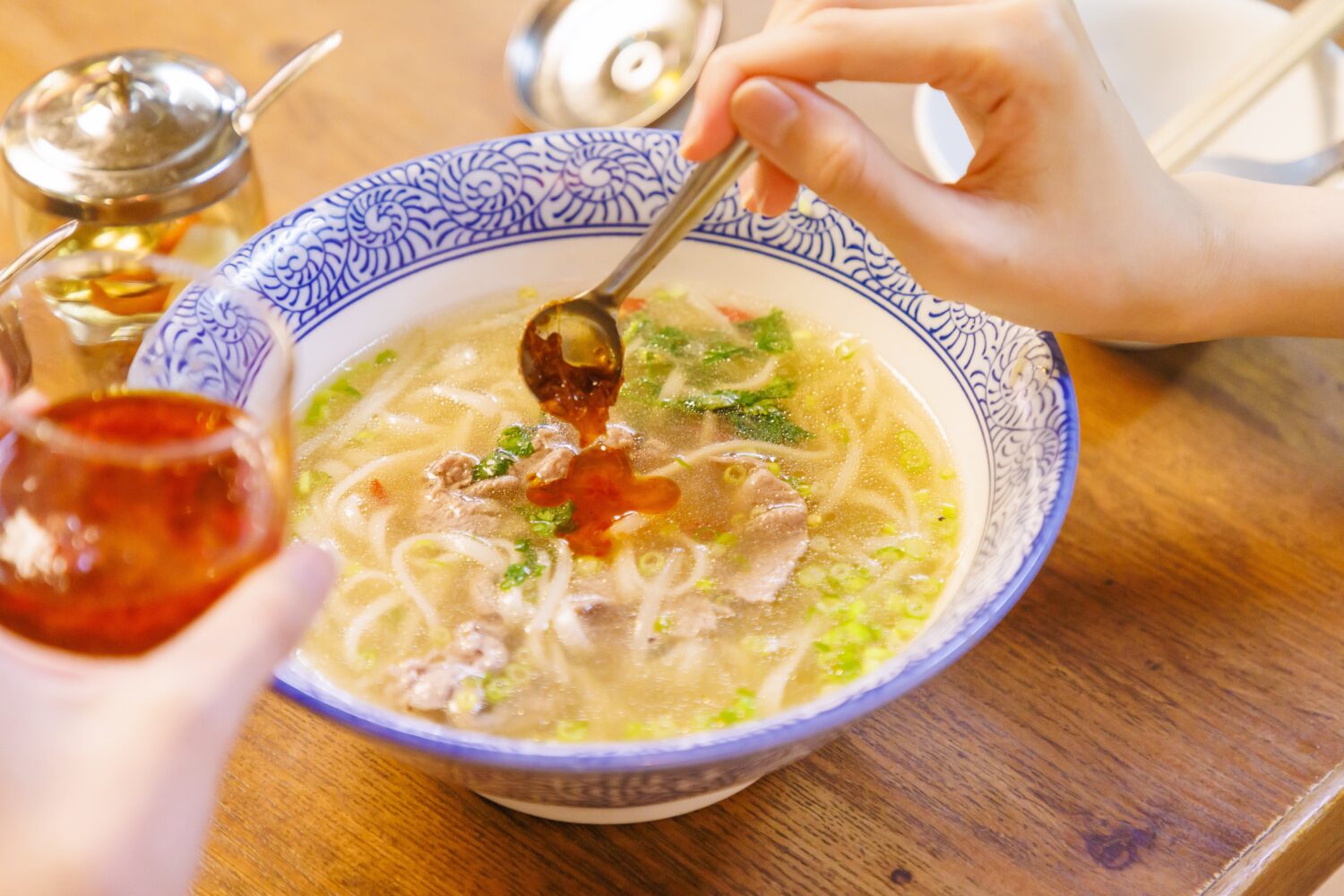
Add a little at a time and adjust the flavor to your liking.
I wanted a spicy kick, so I added some sate.
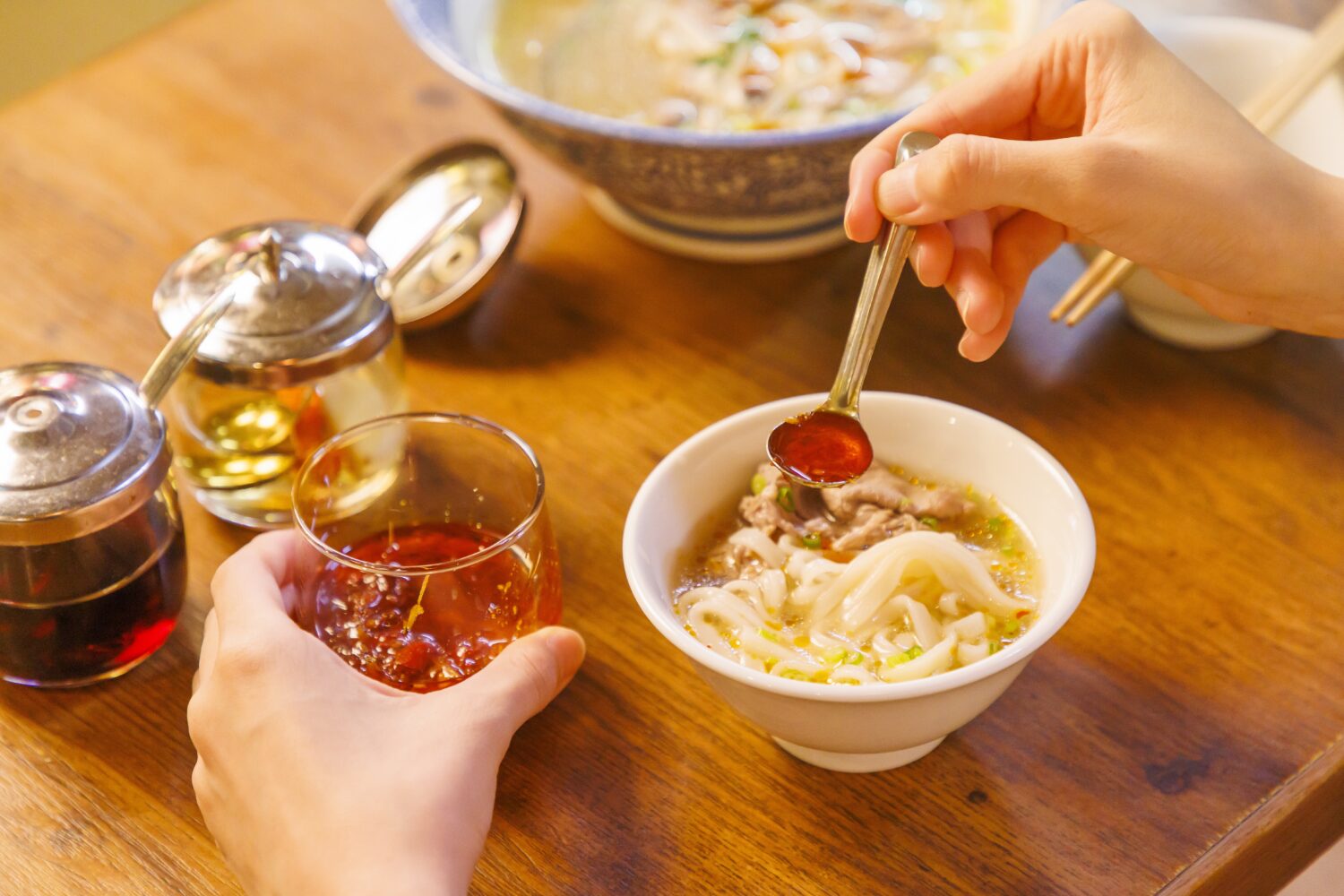
Once you add condiments directly into the soup bowl, there’s no turning back.
If you’re new to pho, try putting a small amount in a side dish and experimenting with the seasonings gradually.

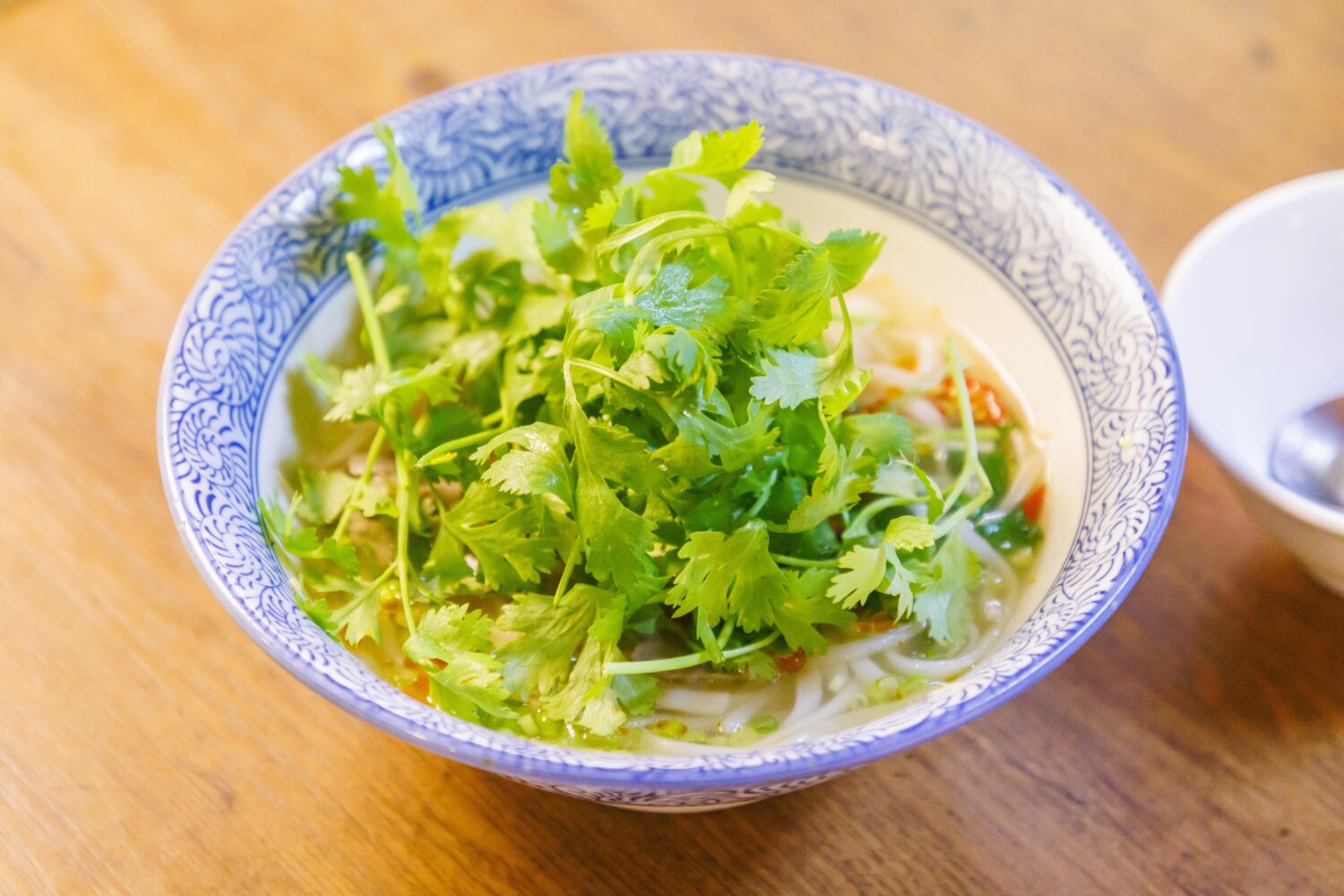
If you don’t mind the flavor, you can also add coriander as a topping. Go big with extra coriander (for an additional charge) for a more ethnic vibe. I went all in and added everything!
Be sure to enjoy it while the soup is still hot. By the way, in Vietnam, pho often comes with a variety of herbs and vegetables, not just coriander.
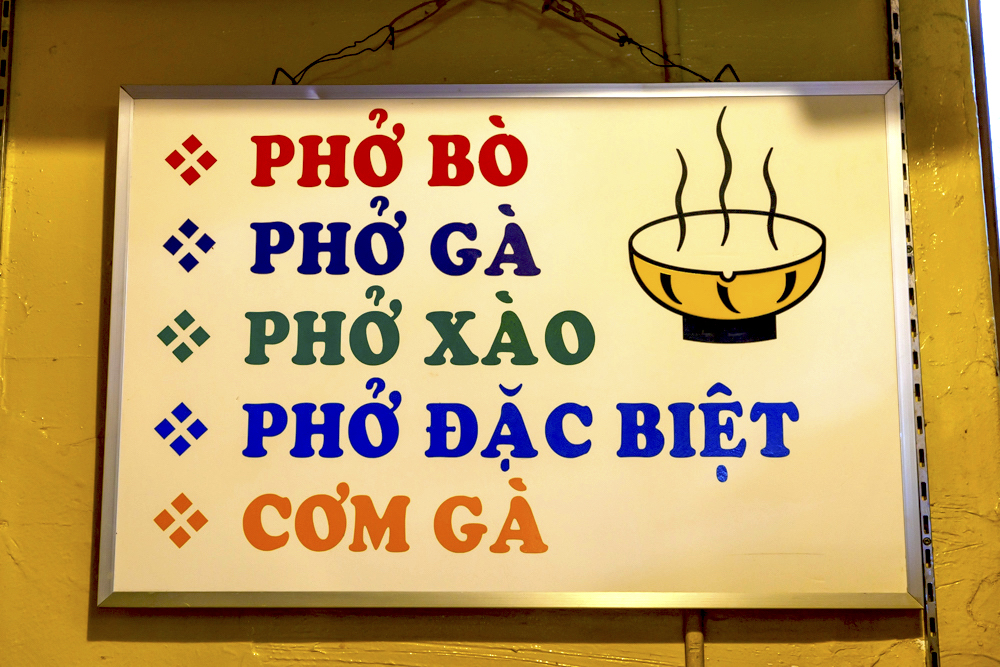
Vietnamese cuisine features unique seasonings and herbs not commonly used in Japanese cooking, offering many delightful surprises. When you eat pho, try experimenting with condiments to enjoy the true flavors of Vietnam!
A Vietnamese street food specialty restaurant famous for its fresh pho noodles made with Japanese rice. While preserving the authentic flavors of Vietnam, the restaurant also offers original Vietnamese dishes with a unique Tokyo twist. Special thanks to Chopsticks Koenji Main Store for their cooperation in this shoot.
*The information is based on the time of reporting or creation, and may differ from the current situation.
tags:
share:











